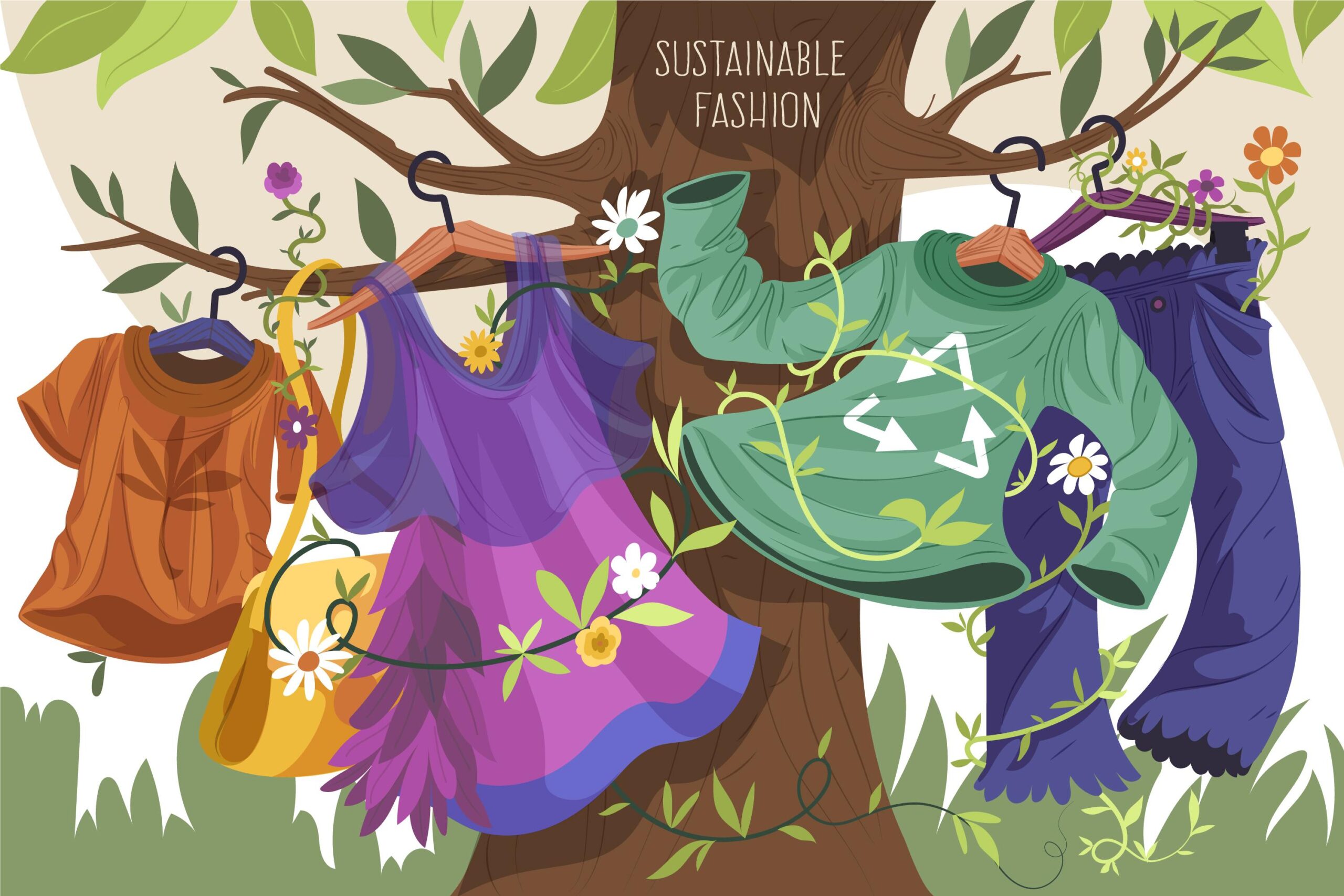Blog
Transforming Babywear: Paving the Way for Circular Fashion

Transforming Babywear: Paving the Way for Circular Fashion
As sustainability becomes an ever more pressing concern, the fashion industry has stepped up efforts to embrace circularity. In recent years, the fashion industry has been shifting towards sustainable and ethical practices, recognizing the importance of reducing waste and minimizing our environmental footprint. One area where this movement has gained significant traction is in the production of organic baby clothes. These adorable garments not only provide comfort and safety for our little ones but also contribute to a circular economy, creating a positive impact on the environment.
However, while organic baby clothes have gained popularity for their eco-friendly materials, true circularity involves more than just using organic cotton. It requires adopting a holistic approach to eliminate waste, promote product circulation, and regenerate nature. In this blog post, we’ll delve into how fashion brands are designing circular products and adopting circular business models. We’ll also explore the challenges and opportunities in the realm of babywear, a key contributor to textile waste and pollution.
The Organic Advantage
Organic baby clothes are made from natural materials that are free from harmful chemicals, pesticides, and synthetic additives. Typically, these materials include organic cotton, bamboo, hemp, or linen. By choosing organic fabrics, we ensure that our little bundles of joy are protected from potentially harmful substances, reducing the risk of allergies and skin irritations. Additionally, organic farming practices promote biodiversity and conserve water resources, making it a more sustainable choice compared to conventional cotton production.
Circular Fashion on the Rise
The fashion industry has witnessed a growing wave of circular initiatives aimed at reducing waste and its environmental impact. Many progressive brands are now designing circular products, including babywear, with a focus on durability, repairability, and recyclability. Some have introduced innovative take-back programs where customers can return outgrown baby clothes, encouraging a closed-loop system where materials are recycled and given new life. As circular business models increase, we are moving closer to a more sustainable and regenerative fashion ecosystem.
The Ongoing Journey
While circular business models are gaining traction, there is still much work to be done, especially concerning babywear. Despite the progress, a significant portion of the fashion industry remains reliant on linear models, resulting in considerable waste generation. For the babywear sector, fast-paced growth and rapid clothing turnover contribute to mounting textile waste. To fully embrace circularity, brands need to invest in sustainable materials and innovative design practices that extend the life of baby clothes.
The Pollution Paradox
The fast fashion cycle in babywear poses a significant challenge to sustainability efforts. Kids outgrow their clothes at an astonishing rate, leading to an alarming amount of textile waste. Globally, approximately 92 million tons of textile waste are generated each year, with a staggering 87% ending up in landfills – equivalent to one truckload dumped every second! This waste contributes to environmental pollution and poses a threat to ecosystems. Only 1% of clothing is currently recycled into new garments, highlighting the pressing need for circular solutions in the babywear industry.
Empowering Circular Babywear
To tackle the pollution paradox, the babywear industry must adopt circular strategies. Brands can promote garment leasing or, like ours, subscription services, allowing parents to buy and use baby clothes for a specific period. By doing so, the clothes can be used by multiple children, extending their lifespan and reducing overall textile waste. The clothes are then sent back, and we would subsequently take care of the re-selling, re-purposing or recycling.
Another way to embrace circularity is by participating in the second-hand and swap culture. Organic baby clothes can be quite expensive when bought new, but by exploring second-hand options, you not only save money but also contribute to reducing textile waste.
Circular fashion presents a promising pathway towards a more sustainable future for the babywear industry. As fashion brands continue to innovate with circular products and business models, we have the opportunity to mitigate the pollution caused by textile waste. By embracing circularity, we can reduce the burden on landfills, conserve precious resources, and protect the environment for future generations. Together, let’s support brands that prioritize circularity in babywear, making a positive impact on our planet while adorning our little ones with love and consciousness. The journey may be ongoing, but every step towards a circular future is worth taking.
